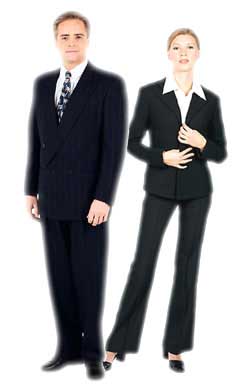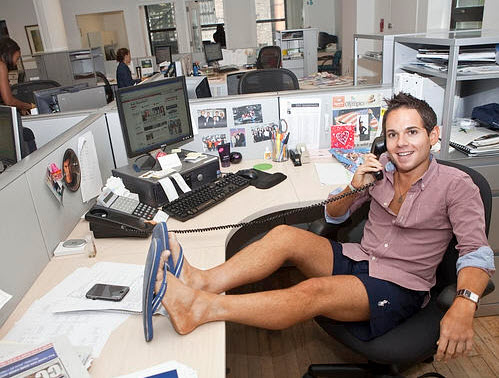
The question might be “What NOT to wear to an interview, rather than “What to wear to an interview”? I have seen people arrive for interviews with the most interesting outfits. They are drawing attention to themselves, however, it is not in a flattering way. Midriffs, cutouts, holey and/or dirty clothes and t-shirts with arm holes that show skin down to the belly button, are not appropriate attire for an interview. Even if the temperature outside is 80 degrees. Resist the urge to “under dress”. Some companies are more casual than others, so you may not have to wear a suit, but you still want to make a great first impression. Appropriate clothing is just as important as good hygiene.
How much to dress up or not, depends on the position you are trying to obtain. A management position would suggest that you wear a suit. A manufacturing position may be less formal. Following are just a few guidelines:
Men
Dress in a manner appropriate to the position you are applying for
Suits should match, fit properly and be pressed
Avoid “loud” colors, including ties
Women
Dress in a suit with pants or a skirt
It should be understated, comfortable and well fitting
Avoid anything tight, bright, short or sheer
Makeup, jewelry and nails should also be understated
If the position is less formal, such as in manufacturing, jeans may be acceptable. They should be neat, clean and free of rips and tears. Shirts should be the same. Keep accessories to a minimum and pay attention to hygiene. Dress to impress. Sit up straight and speak clearly. Avoid slang. Smile! Remember – the person that is interviewing you needs to see you as an asset to the company. For more suggestions, check out the web. There are numerous articles devoted to this very subject. Good Luck!
